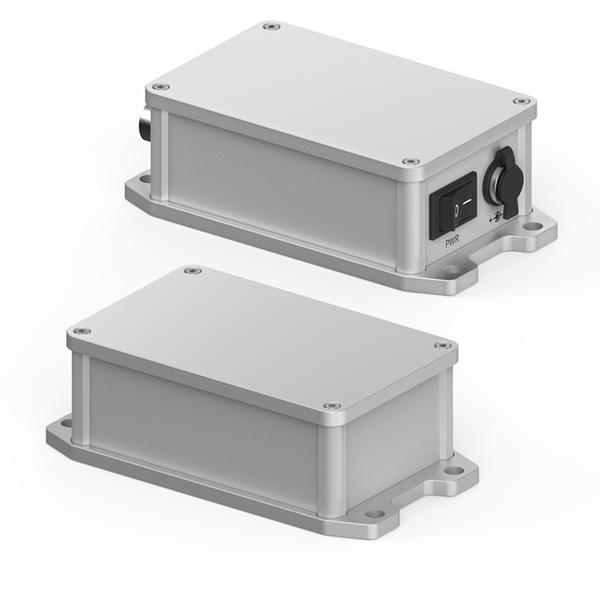In the world of electronics and technology, sensor enclosures play a crucial role in protecting sensitive components from environmental factors and ensuring reliable performance. Whether you are designing a new project or upgrading existing equipment, selecting the right sensor enclosure is paramount. This comprehensive guide will walk you through everything you need to know to make informed decisions when choosing the best sensor enclosures for your applications.
What are Sensor Enclosures?
Sensor enclosures are protective casings designed to shield electronic components, particularly sensors, from external elements such as dust, moisture, and physical impact. They help maintain optimal operating conditions for sensors, ensuring accuracy and longevity.
Selecting the appropriate sensor enclosure is critical to maintaining the performance and durability of your electronic devices. Factors such as environmental conditions, installation requirements, and the type of sensors used influence the choice of enclosure.
IP Rating and Protection Standards
Understanding IP Ratings
IP (Ingress Protection) ratings classify the degree of protection provided by an enclosure against the intrusion of solids and liquids. A higher IP rating indicates superior protection against environmental hazards. Common IP ratings for sensor enclosures include IP65, IP66, IP67, and IP68.
Choosing the Right IP Rating
Evaluate the IP rating based on the environmental conditions your sensors will encounter. For instance, outdoor installations exposed to rain or snow require a higher IP rating (e.g., IP68) to prevent water ingress and ensure continued operation.
Factors to Consider When Choosing Sensor Enclosures
Environmental Conditions
Consider the operating environment where the sensors will be deployed. Factors such as temperature extremes, humidity levels, exposure to water or chemicals, and the presence of dust or debris will dictate the required level of protection (IP rating) for the enclosure.
Material and Construction
Choose enclosures made from durable materials such as aluminum, stainless steel, or plastic based on the specific application needs. The construction should be robust enough to withstand environmental challenges while providing thermal management for internal components.
Size and Mounting Options
Select an enclosure that accommodates the size and configuration of your sensors. Ensure it offers suitable mounting options for easy installation and maintenance, whether wall-mounted, pole-mounted, or integrated into existing equipment.
Customization and Accessories
Look for manufacturers that offer customization services such as hole drilling, anodizing color options, and printing for labels or instructions. This flexibility allows you to tailor the enclosure to your project requirements.
Sensor Enclosure Recommend: YONGU Aluminum Electronic Project Box
YONGU waterproof flanged aluminum electronic project box L03A exemplifies excellence in sensor enclosure design. With an IP68 rating, this enclosure ensures robust protection against dust and water ingress, making it ideal for outdoor and industrial applications.
From CAD drawings to prototype development, our design services streamline the process of bringing your ideas to life. In addition, the customizable features, including hole drilling, screen printing, anodizing color options, and support for laser engraving, allow you to create a tailored solution that meets your project requirements seamlessly to enhance brand visibility and integrate essential information directly into the enclosure.
As one of China's leading aluminum enclosure manufacturers, YONGU is committed to quality and reliability, offering design flexibility without minimum order quantity restrictions. If you're looking for a sensor enclosure that combines durability, customization, and superior protection, the YONGU L03A is an excellent choice for your next project!
Final Word
In conclusion, choosing the best sensor enclosure involves careful consideration of environmental factors, IP ratings, customization options, and manufacturer capabilities. By leveraging these insights, you can confidently select a sensor enclosure that safeguards your electronic components while optimizing performance and longevity. If you want more details about high-performance sensor enclosures, please feel free to contact us at [email protected].




